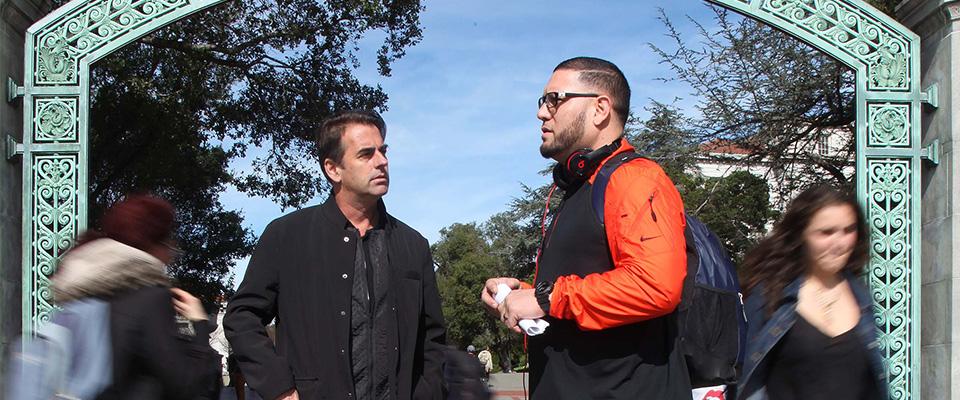Not everyone is on board.
There’s money in college sports. Lots of it.
March Madness, the national basketball tournament, alone brings in more than $900 million annually for the NCAA, the nonprofit that oversees college athletics in America. And big-time college football generates even more revenue than basketball. The athletes who play these sports, however, reap none of that windfall and are, in fact, forbidden by the time-honored rules of amateurism, from profiting off their sport.
That’s about to change with the passage of a new state law co-authored by UC Berkeley alumna Nancy Skinner that will allow student-athletes in California to retain commercial rights to their own name, image, and likeness. Here, reporter Bryan Schatz examines the new law and how it will likely play out in California and nationally. Perhaps the biggest question: Will the change mark the beginning of a new, more equitable era for student-athletes or merely another triumph for capitalism?
If you’re conflicted about the idea of college athletes effectively becoming professionals, you’re not alone. Even “sports radical” Jack Scott, author of The Athletic Revolution (1971), admitted that the problem of amateurism was “one where at first glance I find my heart in one place and my head in another.” Scott, who died in 2000, believed in the purity of sport and wanted to protect it from the corrupting influences of society. The Berkeley Ph.D. is the protagonist of our story, “Halftime at the Revolution,” which revisits the unlikely intersection of so-called Jock Liberation with the saga of the Symbionese Liberation Army and heiress Patricia Campbell Hearst.
Hearst was a Cal sophomore when she was kidnapped from her apartment at 2603 Benvenue Ave. on the evening of February 4, 1974. Two years later, she would be convicted of bank robbery and use of a firearm in the commission of a felony. Sentenced to 35 years in prison, she would serve a little more than 19 months before her sentence was commuted by President Jimmy Carter.
Where Hearst’s trajectory was from Berkeley to prison, a number of Cal students, including Berkeley’s oldest freshman, have gone the opposite direction: from prison to the University. Contributor Robin Estrin brings us the story of the Underground Scholars, a student group that strives to create a pathway for the formerly incarcerated into higher education. See “The Prison-to-Schools Pipeline,” here.
Finally, in this issue, we look at the state of the state’s cannabis business after California voters legalized the adult use of marijuana in 2016. As an expert from Berkeley’s Cannabis Research Center tells contributor Barry Bergman, “It’s much more difficult to grow cannabis legally today than it was five years ago.” What’s more, Bergman reports, “City and county governments in as much as 80 percent of the state have banned dispensaries and delivery services in their jurisdictions.”
I started this note by saying there’s a lot of money in college sports. There’s even more in the sale of marijuana, the state’s leading cash crop. Last year, the legal cannabis market in California logged more than $3 billion in sales, and the black market is estimated to be more than double that figure. How to bring all cultivation into the legal (and thus taxable) marketplace will be a pressing question for the state going forward.
As always, we welcome your thoughts. Send email to californiamag@alumni.berkeley.edu and letters to California magazine, 1 Alumni House, Berkeley CA, 94720. You can also comment on stories on our website, and on our various social media channels, including Facebook and Twitter.
From the Spring 2020 issue of California.




















